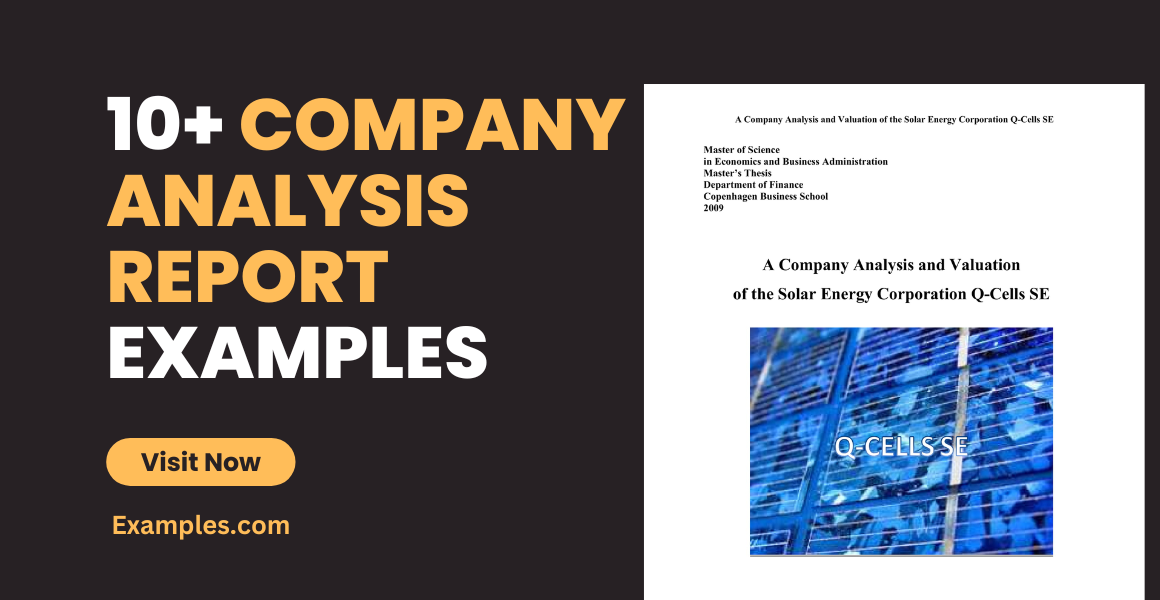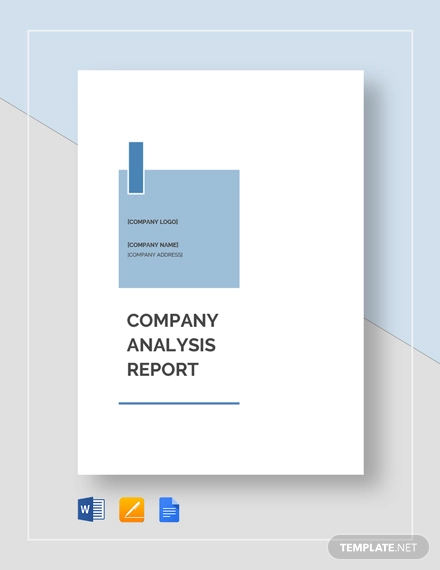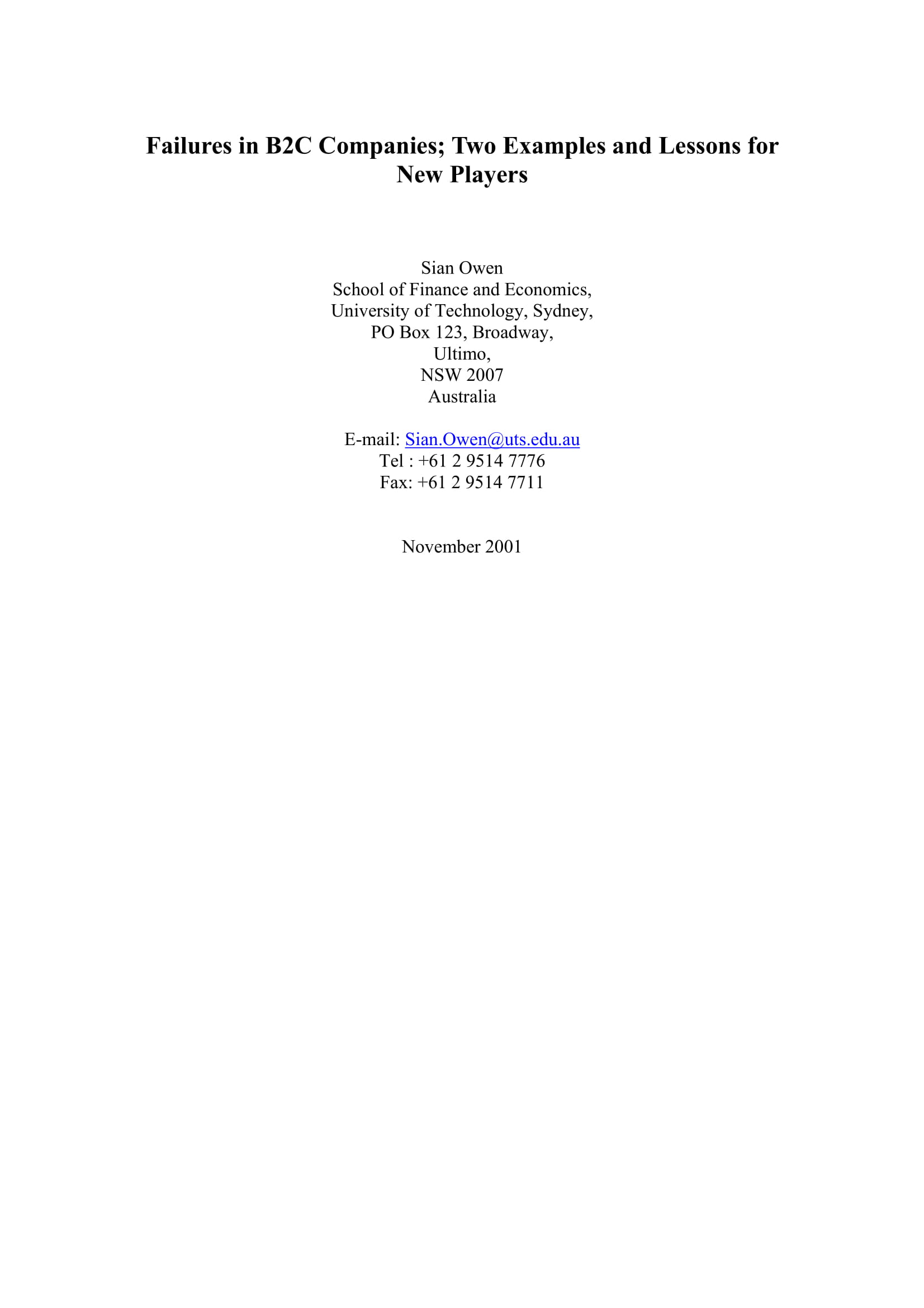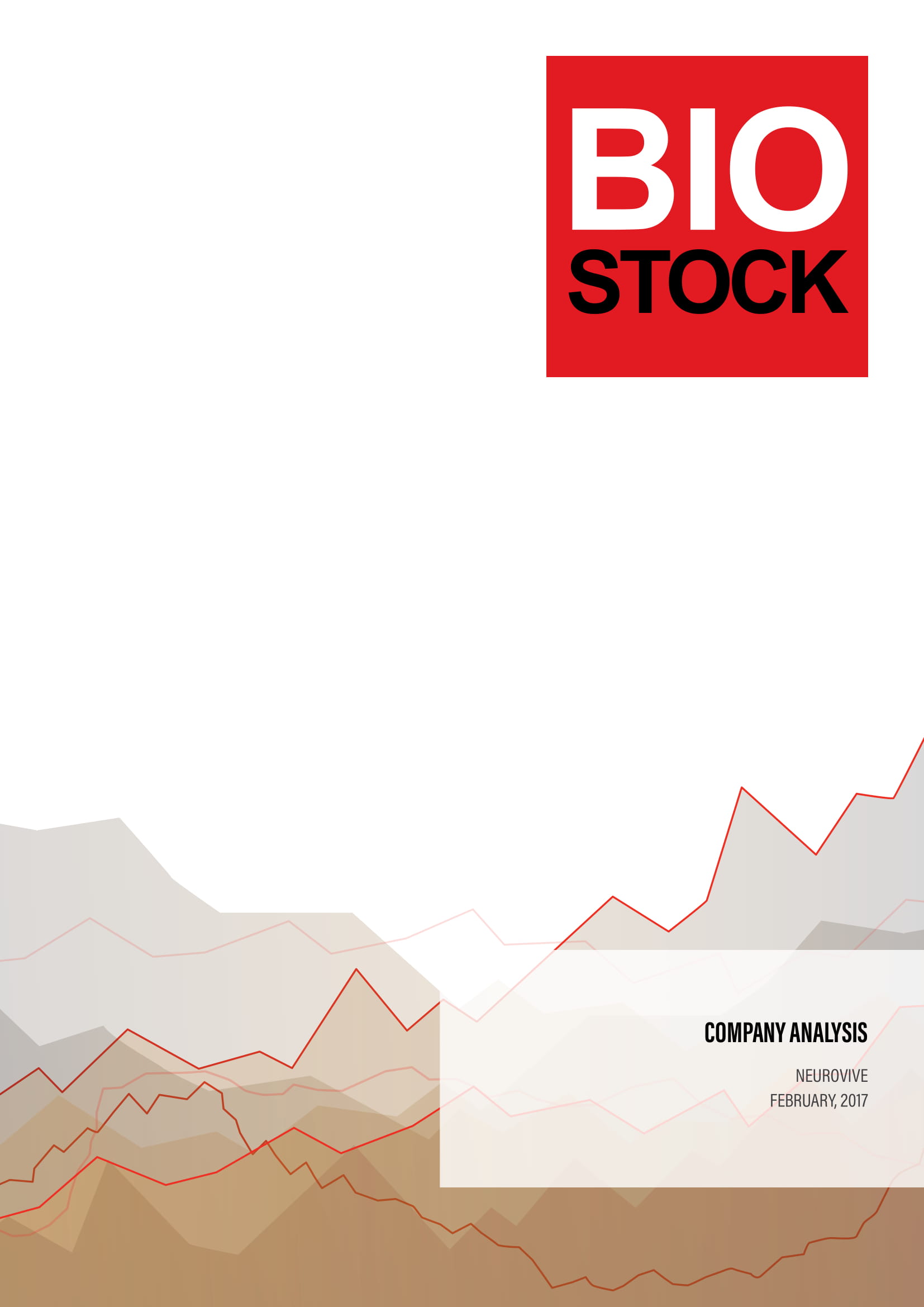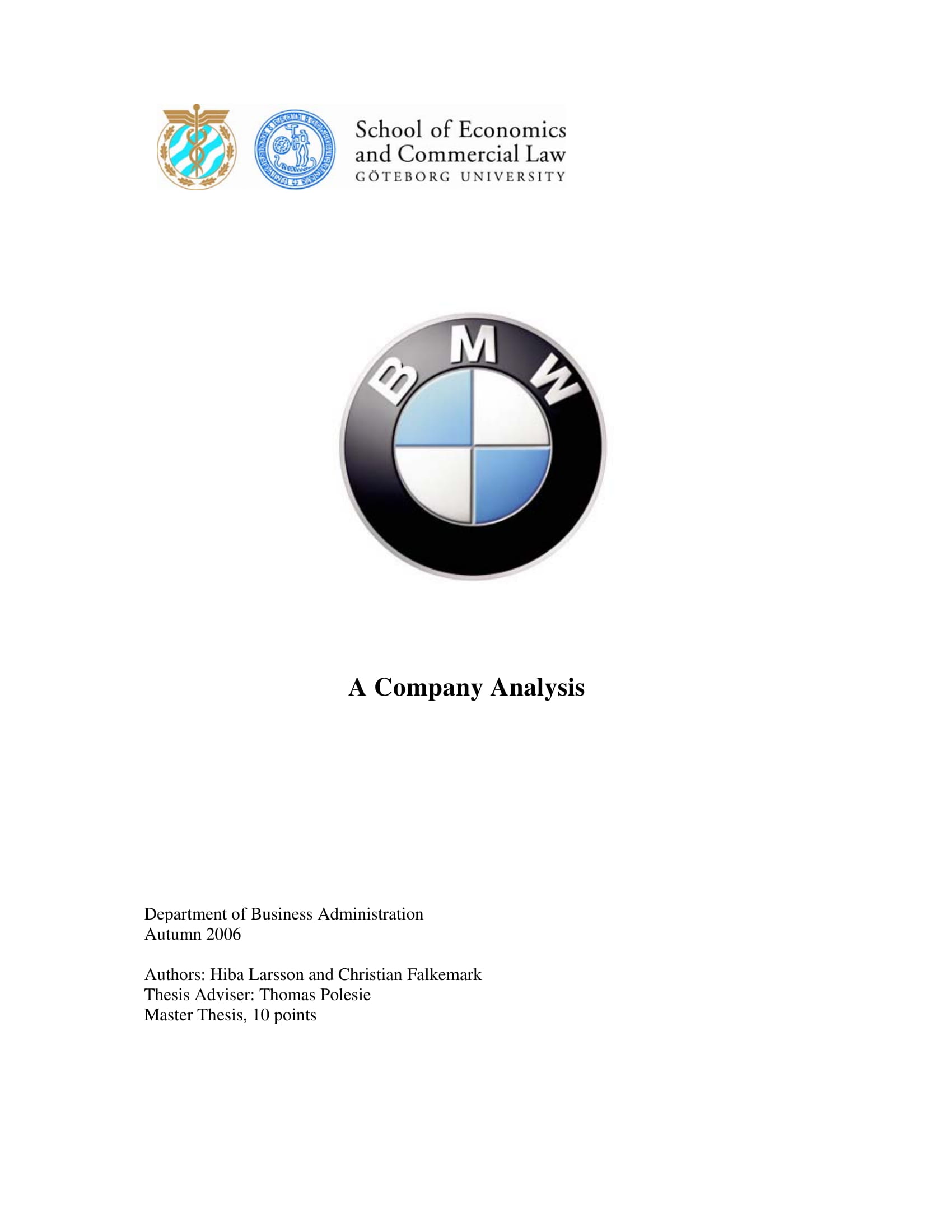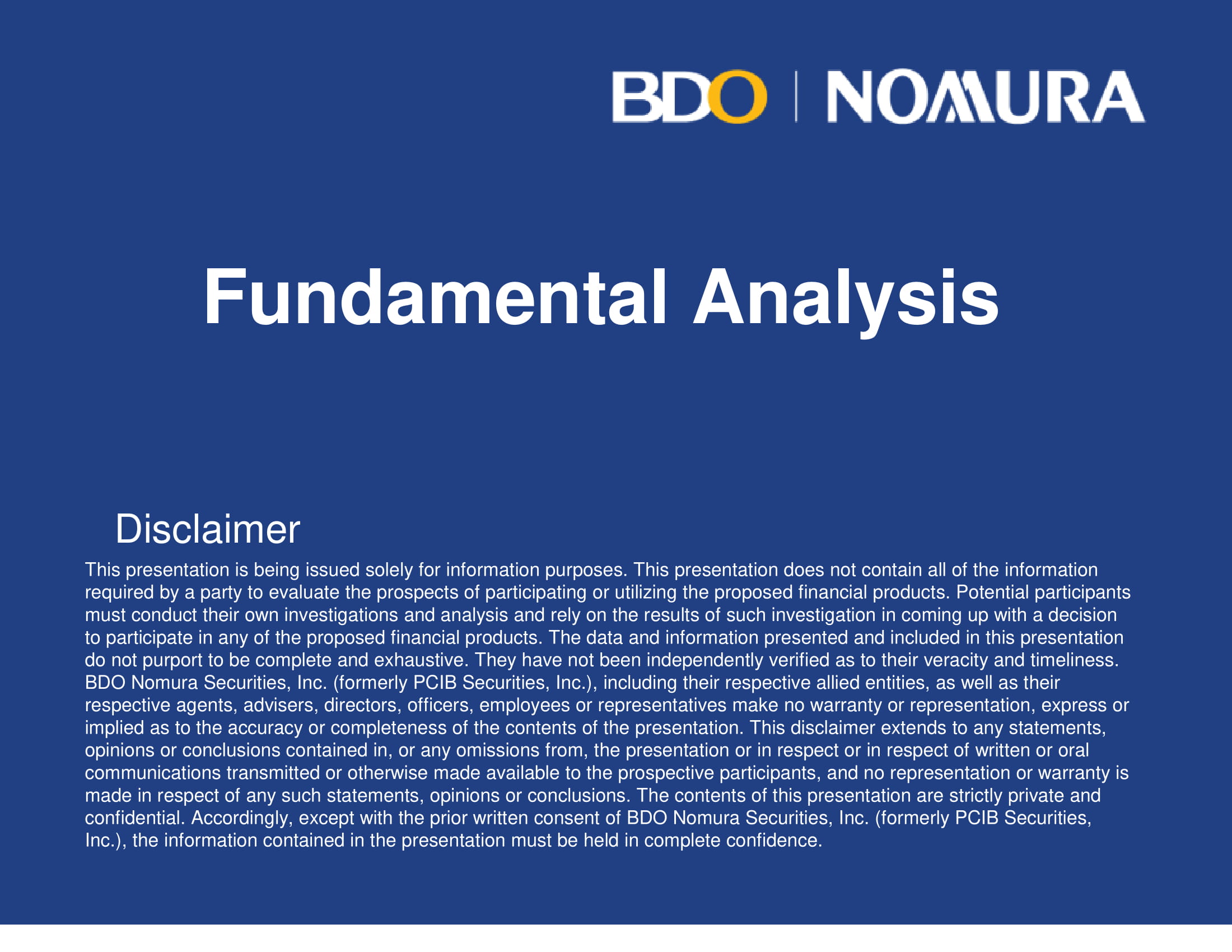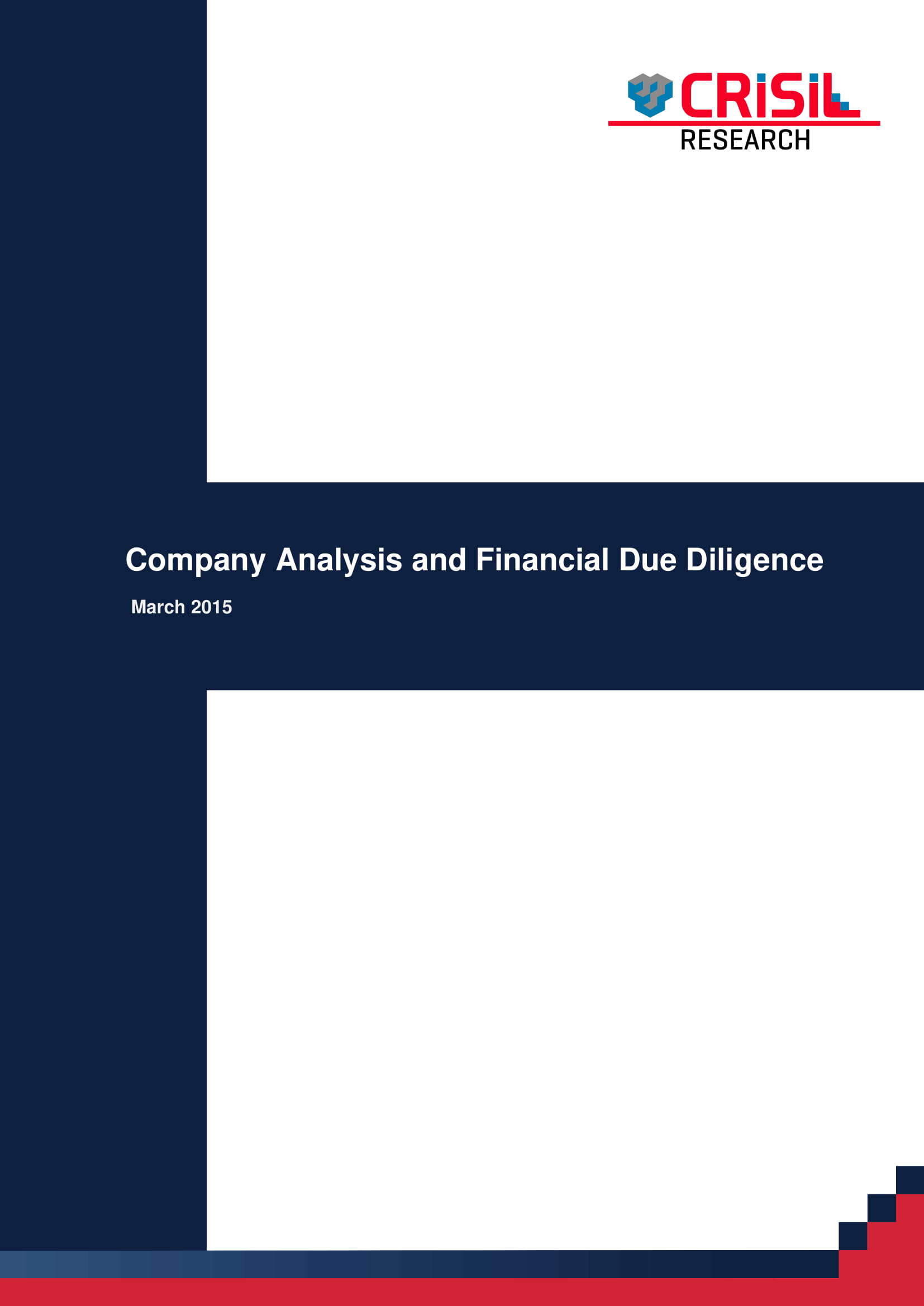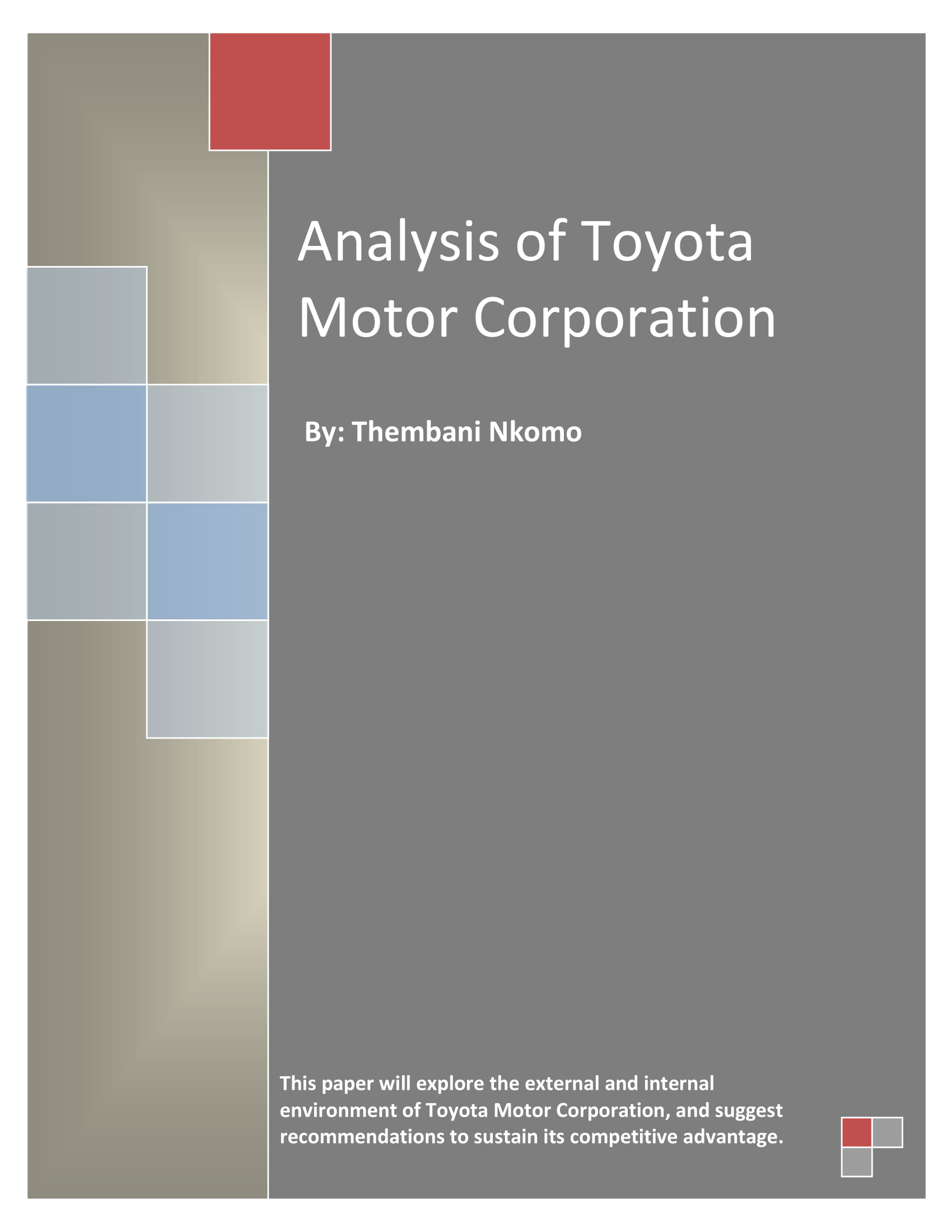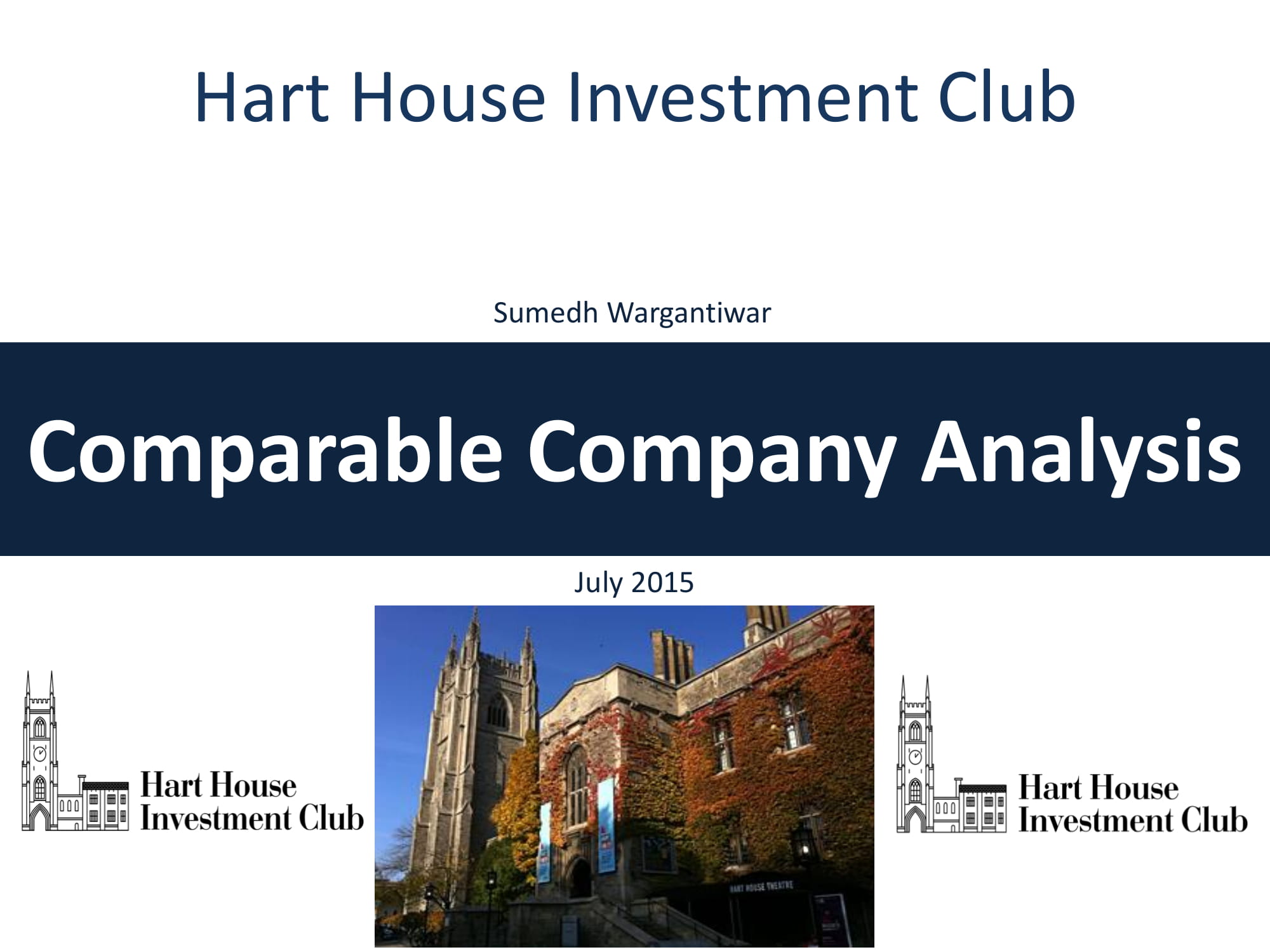10+ Company Analysis Report Examples to Download
You’ve probably heard a ton of people ask about how a particular company “looks” on paper. But what does this statement really mean?
When people talk about how a company looks on paper, they often refer to the financial aspect of the organization itself. This should answer questions in regards to the risks, strengths, and assets faced by the said company. It also provides a clear picture of where the company stands in the market it is in. But for these elements to be discovered, the company must first conduct a simple analysis to understand where it wants to go and how it could get there.
Company Analysis Report Template
B2C Company Analysis Report Example
BioStock Company Analysis Report Example
BMW Company Analysis Report Example
Definition of a Company Analysis
A company analysis is a comprehensive study done to get to know a company’s health in a number of areas. This analysis is usually written in a report for business owners, associates, and investors to refer to. There are a variety of ways to do this, depending on the specific areas a company wishes to understand, but a good analysis typically centers on the feasibility and productivity of the company, as well as a general overview of its corporate financial health.
Ultimately, a company analysis is used to illustrate the strengths and weaknesses of a company, along with the direction it is headed.
Think about it this way. It’s almost like a road trip. You can’t get to where you’re going unless you know exactly where you are. You need a map, and several directions and means of transport to get to your destination. Each method has its own share of pros and cons that you’re forced to weigh down carefully. You may also see statement analysis examples.
You would also need to consider various factors like time, money, and efficiency when making stern decisions. An outline on the internal and external factors affecting your journey will allow you to avoid the potholes and detours that may slow you down. Otherwise, you’re bound to get lost along the way, wasting a good amount of resources on a path that’s a lot farther than where you’re supposed to be. You may also like customer analysis examples.
With a company analysis, knowing where you’re starting from enables you to bring your company down a better, brighter road toward success. The general analysis will make it easier for you to determine where the company can go, as well as what it would take to get there.
What Is Included in a Company Analysis?
What’s included in a company analysis would usually depend on the primary objectives of a researcher.
An analysis may be done to look into an organization’s sales potential and accomplishments, or perhaps the information generated from the analysis would be used as an operational or investment tool. It’s also possible for the company to perform a standard SWOT analysis to refine its marketing and sales operations. A company analysis provides executives with an in-depth look into the various areas of the organization that may have been overlooked.
Regardless of its purpose, here are a few things that must be investigated in an established analysis:
1. Financial Status
This is the part where you’re required to dig into some of your most important financial records, such as your balance sheets, income statements, cash flow statements, and shareholders equity statements. This offers you a good picture of how money comes in and out of your reach. These documents are typically compiled for a three-to-five-year period to complete the analysis report.
2. Workflow and Efficiencies
See how your company has been performing over a given time period by looking into the different factors that may affect it, including employee sick time and productivity.
3. External Factors
These are the threats that might be affecting the company’s market performance. Some of the most common threats include the current status of the economy and the number of competitors serving the same audience.
On the other end of the spectrum, a company’s external factors may also refer to the opportunities it has to expand its reach and increase sales. It’s important to consider factors like market and economic trends to find out how the company may prosper in a fast-changing industry You may also see sales analysis examples.
4. Internal Factors
This refers to all the items that a company has control over. Everything from financial funding to investment opportunities are considered, along with the physical resources used by the company.
Keep in mind that your employees, administrative management, marketing campaigns and their allocated budget, and even the software programs used by various departments within the organization can greatly influence where the company currently stands. You may also like market analysis examples.
The Purpose of a Company Analysis
The report produced from a company analysis can be useful in more ways than one. This is often presented to investors or financial organizations hoping to provide the company with its much needed cash flow.
Conducting a company analysis is also a great way to take note of where a company stands before it enters a new phase in its journey. Some companies might even want to diversify its investments or create new portfolios for its own growth and development in the marketplace. You may also check out literary analysis examples.
By understanding its current financial commitments along with a forecast of where it’s headed, the company can make better and more informed decisions. After all, you’ll never how your company is truly performing until you take a good look at its present status. You might be interested in industry analysis examples.
Construction Company Analysis Report Example
Formal Company Analysis Report Example
Fundamental Company Analysis Report Example
Professional Company Analysis Report Example
General Types of Company Analysis
A company analysis offers several different perspectives on how an organization runs. Listed below are some of the most common examples of an organizational analysis, each of which is designed to examine how a certain area is performing and how it may affect the company’s overall operations.
1. Company Financial Analysis
In spite of what anyone says, the whole existence of a business revolves around the money. This is why it’s important for company leaders to know where the business stands from a financial point of view to prevent potential disasters coming down the pipes. The analysis should give the company a clear glimpse of the money coming in, the money going out, and the money on hand. You may also like needs analysis examples.
2. Company SWOT Analysis
A detailed SWOT analysis is done to study the internal and external factors (strengths, weaknesses, opportunities, and threats) affecting a company’s operations. This includes the organization’s finances, debts, properties, staff, competitors, and the like. This can help the company identify the different areas that need to be addressed accordingly, especially in terms of cutbacks, investments, and potential projects.
3. Company Performance Analysis
Performance indicators may vary depending on the nature of a business, but this generally offers company leaders a good look into which departments are meeting targets, who possesses budget surpluses (if any), and where possible shortfalls are happening. This can help indicate where operations need to be modified using productivity and cost assistance, as well as how profit may be balanced effectively. You may also check out operational analysis examples.
4. Company Productivity Analysis
A productivity analysis report is made to see how a business is getting the most out of its staff. One example for this would be McDonald’s bold move in 2017 to replace cashiers with interactive ordering kiosks.
Besides taking an advanced approach to speed up the business process through the use of technology, this also allowed the company to refocus its staff on quality control and order processing. By replacing manual procedures with automation, the company’s productivity may lead to significant increases in profitability. You might be interested in requirements analysis examples.
In the advent of technology and various software programs utilized in the field of business, several technical and outsourcing solutions prove to be the best options for a company to thrive in a competitive market.
Toyota Motor Corporation Company Analysis Report Example
Cleantech Invest Company Analysis Report Example
Comparable Company Analysis Report Example
How to Perform an Effective Company Analysis
There are two ways to start an analysis, either with the use of a template or a special type of software. Noting down your analysis ensures that all company areas are addressed accordingly.
To develop a credible analysis, here are a few guidelines to remember:
1. Determine the type of analysis best suitable for your company.
Select a kind of analysis that best suits your company. This would depend on the scope of the basic analysis and the budget allotted to perform it. For instance, most business intelligence systems come with a hefty price tag, which makes them impractical for businesses that haven’t been operating for too long.
Companies with sophisticated technology integrated into their daily processes often cover larger areas compared to those who apply manual methods—and for obvious reasons.
Simply put, it is necessary for a large corporation to use a fancy business intelligence software to conduct an accurate and efficient analysis on their company. A simple business such as a hair salon or convenience store, on the other hand, may not require a lavish software system to obtain an effective company analysis. You may also see financial analysis examples.
2. Study different analysis methods.
It’s impossible to perform a successful company analysis with little or no knowledge on what to expect from it. Generally, a thorough evaluation of your company should answer what is being done right or wrong based on a specified time period. You may also like regression analysis examples.
Keep in mind that there are different analysis methods designed for financials, marketing, human resources, and others. You can’t do a human resources analysis if you’re a solo entrepreneur, simply because there aren’t any employees to evaluate in the first place. That being said, be sure to understand the different analysis methods before you begin with the first step of the desired process.
3. Choose a method and implement it.
Once you have done your research, you can now implement the selected method. Here, you need to make sure to cover the internal and external factors that impact the business. If you’re doing a company analysis through a software application, percentages and diagrams will be shown to highlight the areas that require improvement. You might be interested in feasibility analysis examples.
But if you’re using a template to complete the analysis, you need to think critically about the competitive circumstances affecting the entire business. Take note that the manual approach does require you to work carefully to ensure that every vital aspect of the business is covered as planned. You may also see fault tree analysis examples.
4. Use statistics to prove your claims.
One of the best ways to generate a reliable analysis is to use statistics to support your findings. Quantitative data can offer an incredible amount of help in solidifying your analysis report. This is usually achieved through direct contact with your target audience. You may also like financial health analysis examples.
Say for example, count the number of people who enter your store but leave without buying anything. You can find out the reason for such behavior by using a survey questionnaire. You can then use this feedback to gain a deeper understanding about what runs through the minds of an average consumer. There are many ways to process and present this data, but it’s best to stick with graphs and tables for a more accurate visual illustration.
5. Evaluate results and make the necessary adjustments.
Review the results from your analysis. Look for weaknesses or areas that require improvement and take the necessary actions to correct them. You can use this analysis to conclude issues and problems present within the organization, and identify possible solutions to address them. You may also check out process analysis examples.
Given how an analysis provides a snapshot of the company during a particular time, it’s important to pay attention to the entire process to figure out the best method for enhancing the company internally and externally.
A company analysis refers to the fundamental assessment of an organization in which company leaders are tasked to analyze the overall profile, security, profitability, goals, and values of a company.
Knowing where the company is starting from and what it’s got to work with in order to accomplish its goals and objectives will contribute greatly to the entity’s growth. Because of this, it’s important for managers and analysts to conduct a thorough analysis on the company’s internal and external components. So if you find yourself in need of a company analysis, make sure to refer to our guidelines and templates for successful evaluation.


